Camping in the Pacific Northwest is one of those past times that just doesn’t feel complete without the comfort of an evening campfire. There is just something about the warm glow and crackling on a cool evening that makes a campfire so special. Not to mention a young camper’s favorite treat – the s’more.
This poses a problem as we are starting to see fire restrictions take hold earlier and earlier in our camping season. In the Pacific Northwest we are no stranger to the late August campfire ban but now that we are starting to see them rolled out in mid-July it makes us wonder what the future holds for the recreational campfire. Add to that the fact that our camping season is fairly short due to colder weather and it makes it harder to enjoy the full experience of a campfire.
There are a few problems with campfires during the dryer months that make them particularly dangerous. First, when we use wood as a fuel source there are often sparks and embers that pop off the fire which increases the chance of starting a forest fire. On top of that, there are more and more people recreating in our forests and the chances of a fire being left unattended or not completely snuffed out has grown exponentially. Drowning a fire takes a lot of water and the slightest wind can bring a almost dead fire back to life very quickly.
Even with campfire restrictions in place there are still a few ways to enjoy a campfire without breaking the law or posing a threat to our lush forests.
1) Find a Campground that Allows Fires
Often during campfire bans you can still find some areas that allow campfires so long as they are within a developed site and fire ring. For example, some national forests will state there is a campfire ban but if you read further down the order it will state that there are specific exceptions and list campgrounds that allow fires within their developed fire rings. If you cannot find a campground that meets this exception try a different nearby district or national forest. The climate on the coastal ranges is usually very different than what you may find east of the Cascades.
2) Bring your own Campfire
If they won’t let you use their campfire just bring your own! With an increase in the ban of traditional campfires many outdoor enthusiasts have turned to bringing their own campfires with them.
Why is this allowed but regular campfires are banned? Propane fueled campfires run cleaner, do not dispel sparks and are easy to turn off quickly with twist of a knob. The likelihood of one of these fires being left unattended for a longer period of time is less and there is virtually no chance of them sparking back up after being turned off.
There are also some added benefits of these types of fires as well. For one, you can set up a fire much quicker than a traditional wood campfire and avoid the hassle of gathering and splitting wood. Additionally, these fires do not leave behind a scarred fire ring and are thus more environmentally friendly.
Finding the Right Propane Campfire
Depending on your preference there a few options when it comes to propane campfires. Here are our recommendations.
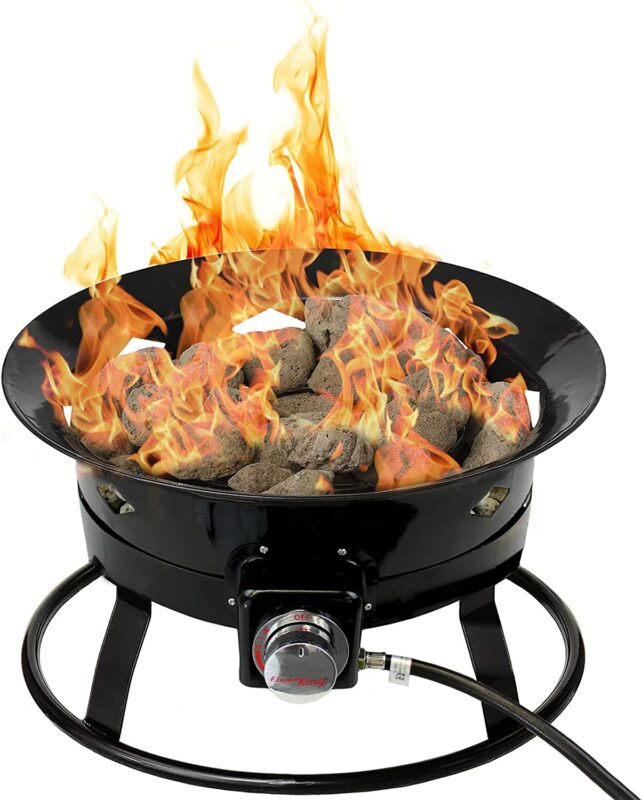
Flame King 19 Inch Fire Pit
This fire pit is the perfect size portable camping fire pit. Easy to pack and big enough to keep you warm and roast all the marshmallows you can eat.
Flame King 24 Inch Fire Pit
Looking to up your fire pit game? The flame king 24 inch provides a large bowl for more heat and a larger flame. A little more difficult to pack but it offers a significant increase in size.
Propane Campfire Fuel
If you are going to use one of these fire pits keep in mind you will need a larger fuel source than those one pound green propane cans you may being using for your stove or lantern. You may want to upgrade to a larger five pound propane tank or even one of the large twenty pound tanks you find on your gas barbeques.
3) Create a Flameless Campfire
This isn’t our favorite option but sometimes you don’t have a choice. If you cannot have a flame at all then you can consider using flashlights or glow sticks in place of a campfire.
Keep it Safe
If you’re planning to use a propane fire pit during fire restriction season, there are a few things you need to keep in mind:
- Make sure the fire pit is in a safe location, away from flammable materials.
- Use only propane fuel that is specifically designed for fire pits.
- Never leave the fire pit unattended.
- Put the fire out completely before leaving your campsite.
- Check the weather forecast before you go camping. If there is a high fire danger, you may want to reconsider your plans.
Campfire bans don’t necessarily mean the end to “campfire season”… it just means you have to get creative to find a solution that works for you.


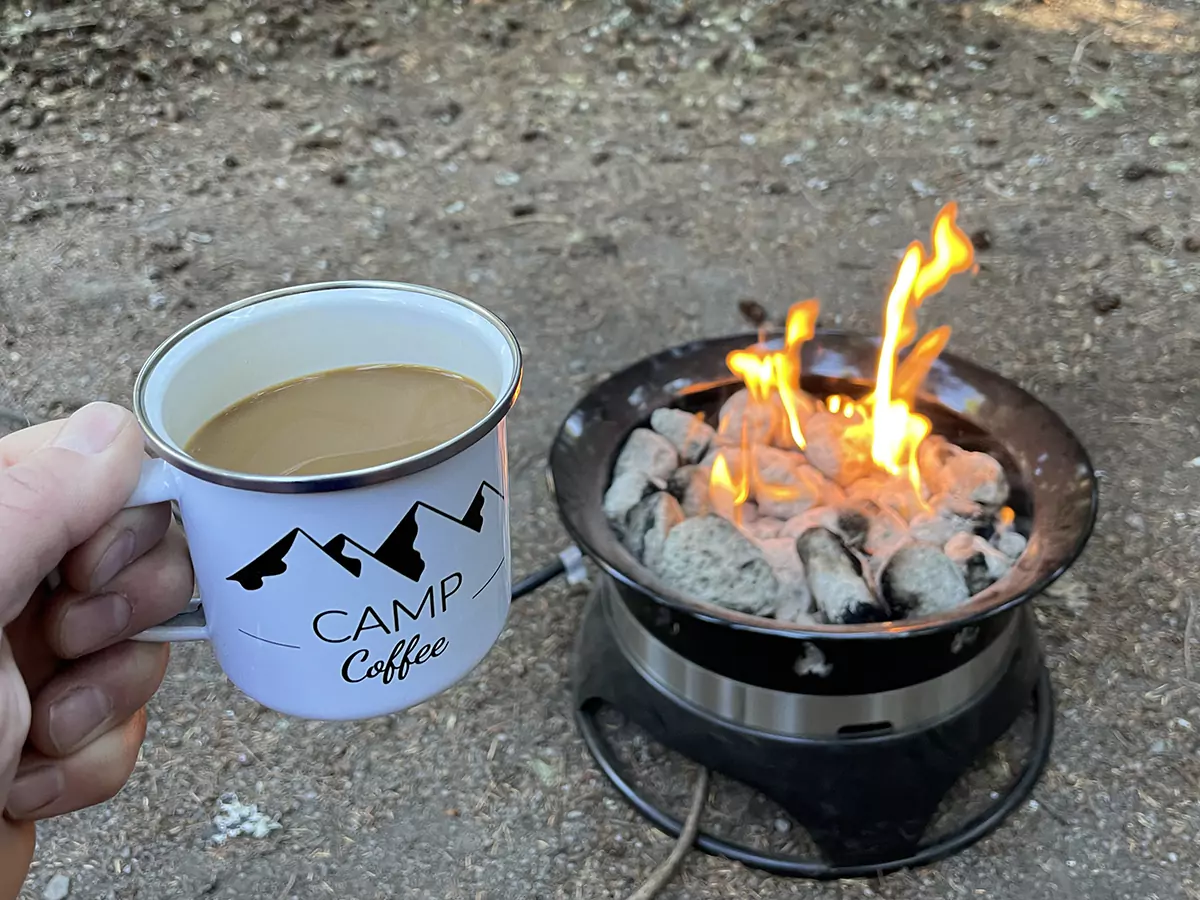
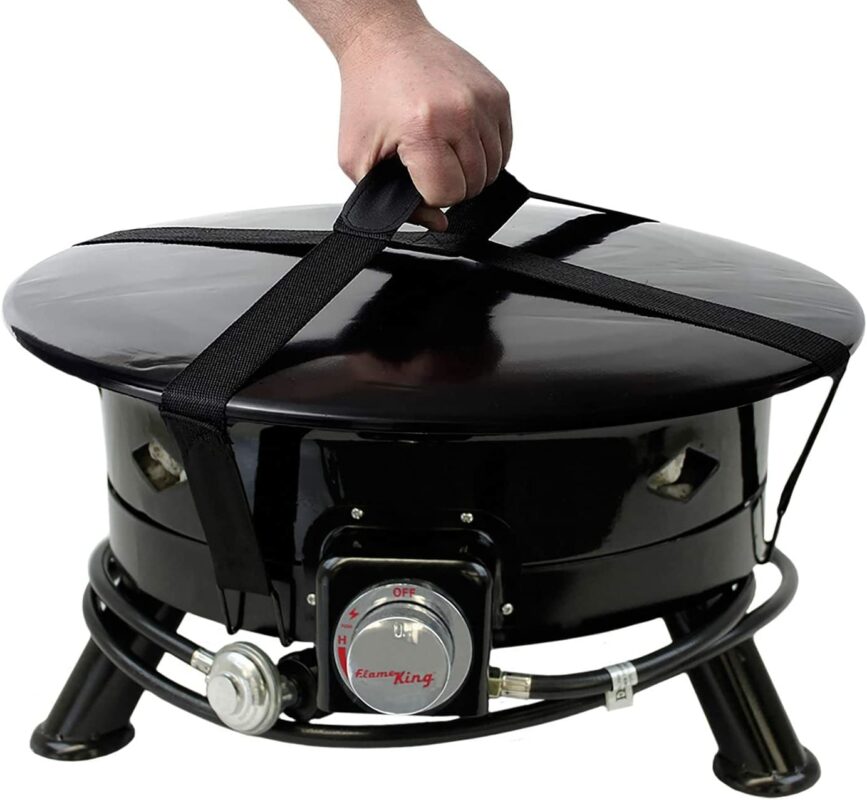

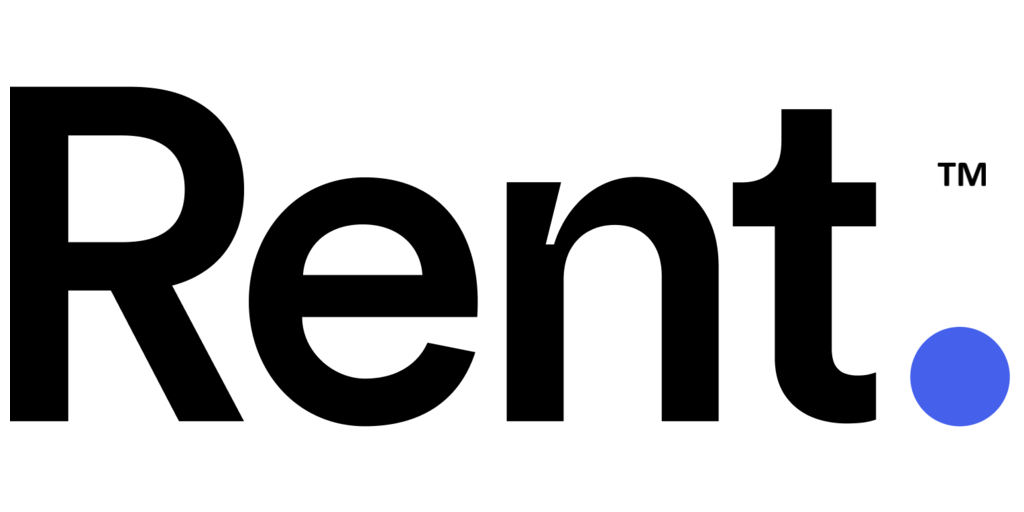
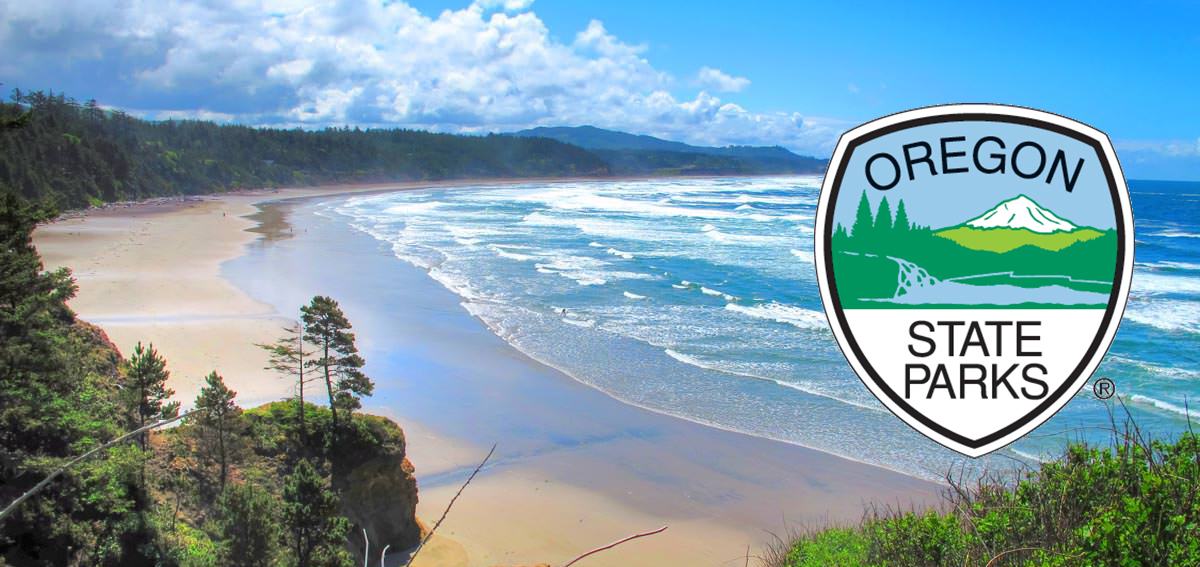

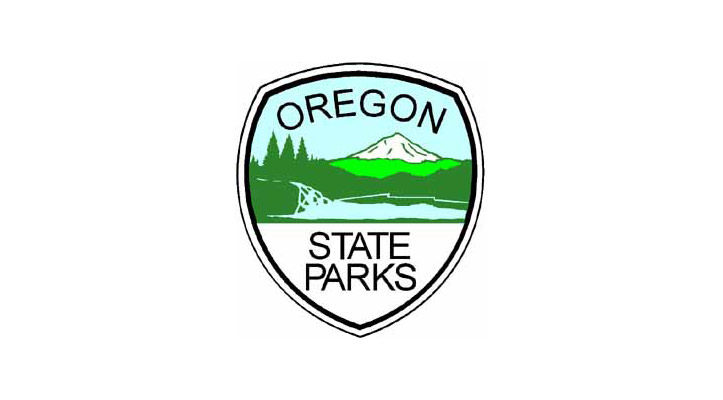
Responses